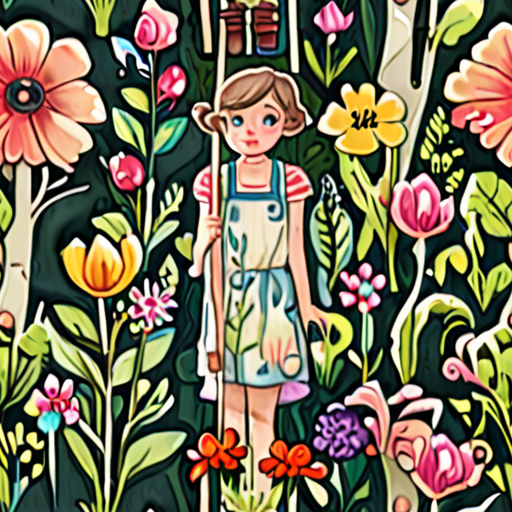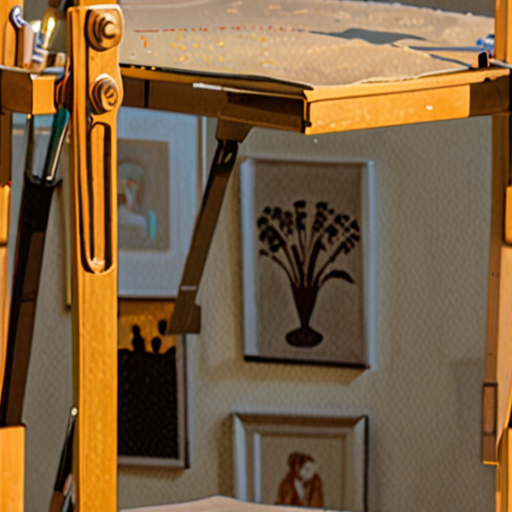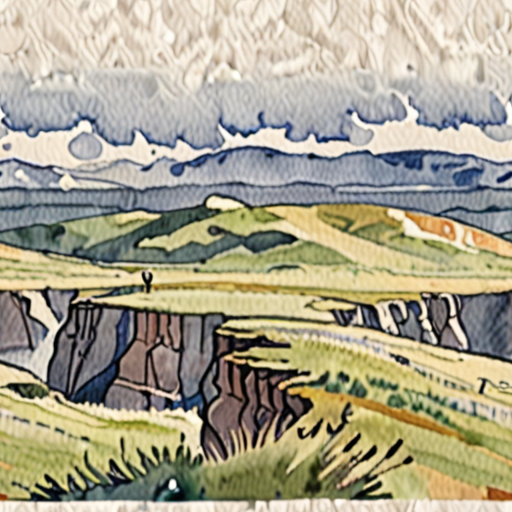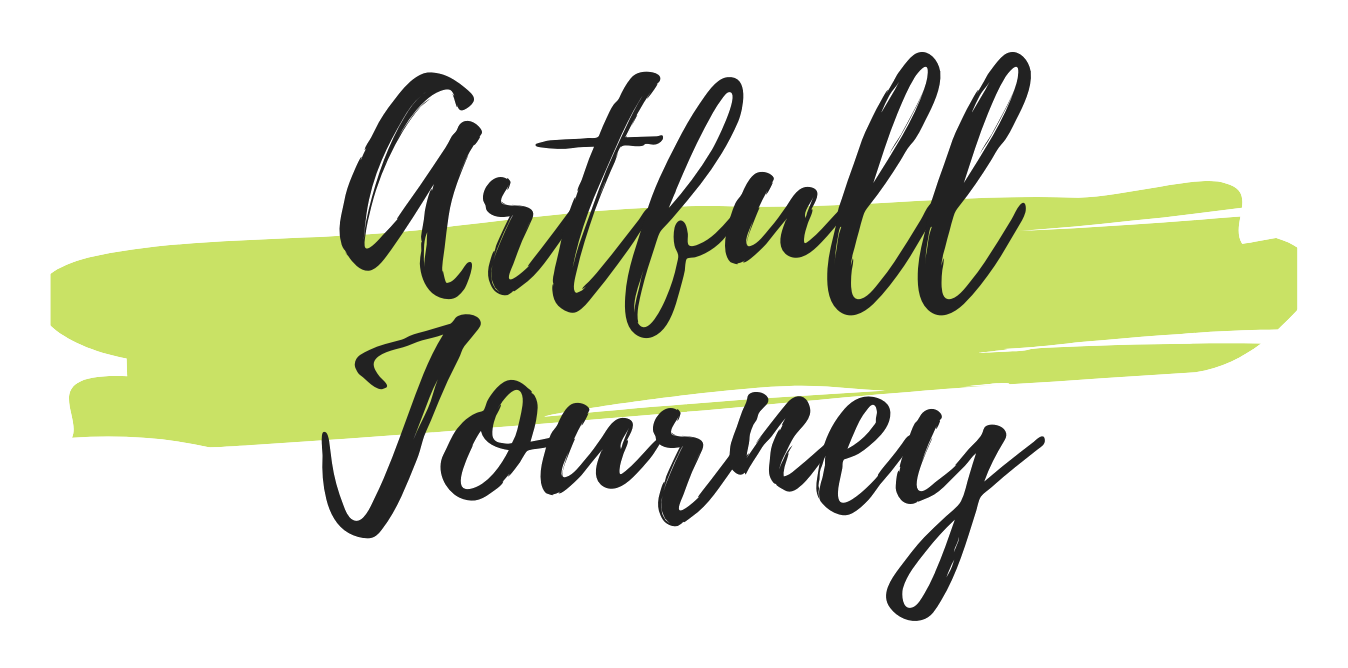Developing your artistic abilities takes time, patience, and dedication, but with the right approach, you can significantly improve your art skills and unlock your full creative potential. Whether you’re a beginner looking to learn the basics or an experienced artist seeking to refine your technique, mastering art skills requires a combination of knowledge, practice, and persistence. By understanding the essential tools, techniques, and strategies necessary for improving drawing skills, you’ll be well on your way to creating stunning artwork that showcases your unique perspective and style.

Improving Your Art Skills Fast
To enhance your artistic abilities quickly, consider the following steps:
- Set clear goals and objectives for your artistic development.
- Develop a consistent practice routine, dedicating time each day or week to honing your skills.
- Experiment with various mediums and techniques to discover what works best for you.
- Study the work of other artists, analyzing their styles, composition, and execution.
- Join online communities or local art groups to connect with fellow artists, share knowledge, and learn from others.
- Seek feedback from mentors, peers, or instructors to identify areas for improvement.
- Stay inspired by exploring different art movements, styles, and themes.
- Prioritize self-care and mental well-being, recognizing that creativity and productivity often rely on a healthy mindset.
- Continuously challenge yourself by taking on new projects, experimenting with novel ideas, and pushing beyond comfort zones.
- Learn to critique your own work objectively, acknowledging strengths and weaknesses to refine your skills further.
Additionally, consider the following resources to aid in your artistic growth:
- The Artful Journey website features a wealth of information on various art forms, techniques, and inspiration.
- Other notable platforms for artistic development include Skillshare, Craftsy, and New Masters Academy.
- For those interested in digital art, Adobe Creative Cloud offers a suite of powerful tools and tutorials.
- Local art schools, colleges, and community centers may offer classes, workshops, or private instruction tailored to individual needs.
By incorporating these strategies into your daily routine and seeking out valuable resources, you’ll be well on your way to improving your art skills rapidly and effectively.
Unlocking Your Creative Potential
As an artist, I’m always looking for ways to boost my creativity and take my work to the next level.
- Experiment with New Techniques: Try out different mediums, styles, and approaches to find what works best for you. Don’t be afraid to fail – it’s often through experimentation that we discover new ideas and perspectives.
- Draw Inspiration from Others: Look to other artists, designers, and creatives for inspiration. Visit museums, galleries, and exhibitions to see what others are working on and how you can apply those ideas to your own practice.
- Take Breaks and Practice Self-Care: It’s easy to get burned out when working on a project, but taking regular breaks and prioritizing self-care can help keep your mind fresh and your creativity flowing.
- Set Goals and Challenges: Setting goals and challenges for yourself can help keep you motivated and focused. Try setting aside dedicated time for creative pursuits and pushing yourself to complete projects within a certain timeframe.
- Learn from Criticism: Not everyone will love your work, and that’s okay. Use criticism as an opportunity to learn and grow, and don’t be afraid to ask for feedback from others.
- Stay Curious and Keep Learning: There’s always room to learn and grow as an artist. Stay curious about new techniques, technologies, and trends, and seek out opportunities to learn from others.
By incorporating these tips into your daily routine, you’ll be well on your way to unlocking your full creative potential and producing work that truly reflects your unique vision and style.
Additional Resources:
For more tips and inspiration, check out our blog posts on creative productivity and artist resources .
Get Started Today:
Remember, creativity is a muscle that needs to be exercised regularly. By making time for creative pursuits and staying committed to your goals, you’ll be amazed at what you can accomplish.

Regaining Your Art Skills
I’ve been away from drawing for a while, and now I’m eager to get back into it.
- Start by setting aside dedicated time for practicing and experimenting with different mediums and techniques.
- Consider taking online classes or workshops to learn new skills and stay motivated.
- Join a community of fellow artists to share ideas, receive feedback, and stay inspired.
- Set realistic goals and track your progress to help you stay focused and encouraged.
As you begin to rebuild your skills, remember that it’s okay to make mistakes and that the process of learning is just as important as the end result.
Rebuilding Confidence
One of the biggest challenges when returning to art is regaining confidence in our abilities.
- Break down larger projects into smaller, manageable tasks to help you feel more in control.
- Focus on the process rather than the outcome, and try to enjoy the journey of creation.
- Seek out constructive feedback from others to help you identify areas for improvement.
- Celebrate your small wins and acknowledge your progress, no matter how slow.
Staying Motivated
It can be tough to stay motivated when faced with the pressure of regaining skills and producing high-quality work.
- Find ways to make the process enjoyable, whether it’s listening to music, sipping tea, or working in a favorite spot.
- Set achievable milestones and reward yourself when you reach them.
- Connect with other artists who understand the struggles and triumphs of the creative process.
- Remind yourself why you started creating art in the first place, and let that passion drive you forward.
By breaking down the process into smaller steps, staying positive, and seeking support, you’ll be well on your way to regaining your art skills and rediscovering your passion for creativity.

Sharpening Your Art Skills
As an artist, continually honing your craft is essential to staying inspired and motivated.
- Set aside dedicated time for practice and experimentation, allowing yourself to explore different mediums and techniques.
- Study the work of other artists, both past and present, to gain insight into composition, color theory, and other fundamental principles.
- Join online communities or local art groups to connect with fellow creatives, share knowledge, and learn from others.
- Take classes or workshops to receive personalized feedback and instruction from experienced artists.
- Experiment with digital tools and software to enhance your workflow and explore new possibilities.
- Keep a sketchbook or journal to record observations, ideas, and inspirations, helping to develop your unique style and voice.
- Pursue projects that challenge you and push your boundaries, fostering growth and innovation.
- Stay curious and open-minded, embracing failure as an opportunity to learn and improve.
- Draw inspiration from everyday life, nature, and cultural experiences to fuel your creativity.
- Develop a consistent routine and schedule, making time for regular practice and reflection.
- Seek out constructive criticism and feedback from trusted peers and mentors, using it to refine your skills and artistic vision.
By incorporating these habits into your daily routine, you’ll be well on your way to sharpening your art skills and achieving your full potential as a creative individual.
Mastering Your Art Style
As an artist, developing a unique and recognizable style is crucial for standing out in a crowded creative landscape.
- Experimentation is Key: Don’t be afraid to try new techniques, mediums, and styles until you find what works best for you.
- Study the Masters: Analyze the work of renowned artists, both past and present, to understand what makes their style distinctive and how you can apply those principles to your own work.
- Develop a Consistent Aesthetic: Establish a consistent color palette, composition, and overall visual language to create a cohesive body of work.
- Practice, Practice, Practice: Regularly hone your skills through dedicated practice sessions, whether it’s drawing, painting, or sculpting.
- Seek Feedback and Critique: Share your work with others and ask for constructive feedback to identify areas for improvement and gain new insights.
- Stay Inspired: Continuously seek out new sources of inspiration, whether it’s traveling, reading, or exploring different cultures, to keep your creativity fresh and exciting.
At Artfull Journey , we believe that mastering your art style takes time, patience, and dedication. By embracing experimentation, studying the masters, and consistently practicing your craft, you’ll be well on your way to developing a unique and captivating style that sets you apart from the rest.
Additional Resources:
- Drawing Academy offers a wealth of online courses and tutorials to help you improve your drawing skills.
- The Artist’s Network provides a vast array of resources, including videos, articles, and books, to support your artistic journey.
- Skillshare offers a diverse range of online classes and workshops to help you develop your artistic skills and stay inspired.
Remember:
Your art style is a reflection of your unique perspective and experiences. By staying true to yourself and continuously pushing the boundaries of your creativity, you’ll be able to develop a style that truly stands out in the art world.

Overcoming Perfectionism in Art
As an artist, I’ve struggled with perfectionism, feeling like my work isn’t good enough or that I’m not meeting my own expectations.
- I’ve learned that perfectionism can be a major obstacle to creativity and productivity, causing me to get stuck in a cycle of self-doubt and anxiety.
- One strategy I’ve found helpful is to set realistic goals and deadlines for myself, breaking down larger projects into smaller, manageable tasks.
- This helps me stay focused and motivated, rather than getting overwhelmed by the pressure to create something perfect.
- Another approach is to practice self-compassion and remind myself that mistakes are an inevitable part of the creative process.
- By embracing imperfection and viewing failures as opportunities for growth, I’ve been able to develop a more positive and resilient mindset.
Embracing Imperfection
Perfectionism often stems from a fear of failure or rejection, which can lead to a sense of paralysis and inaction.
- I’ve found that acknowledging and accepting my fears can help me overcome them, allowing me to take risks and push beyond my comfort zone.
- Additionally, focusing on the process rather than the outcome can help me stay present and engaged, rather than getting caught up in worries about how others might perceive my work.
- By letting go of the need for perfection, I’ve been able to tap into my creativity and explore new ideas and mediums, leading to a more fulfilling and satisfying artistic journey.
Conclusion
Overcoming perfectionism requires patience, self-awareness, and a willingness to take risks and learn from our mistakes.
By setting realistic goals, practicing self-compassion, and embracing imperfection, we can cultivate a more positive and resilient mindset, allowing us to create freely and authentically.

0 Comments